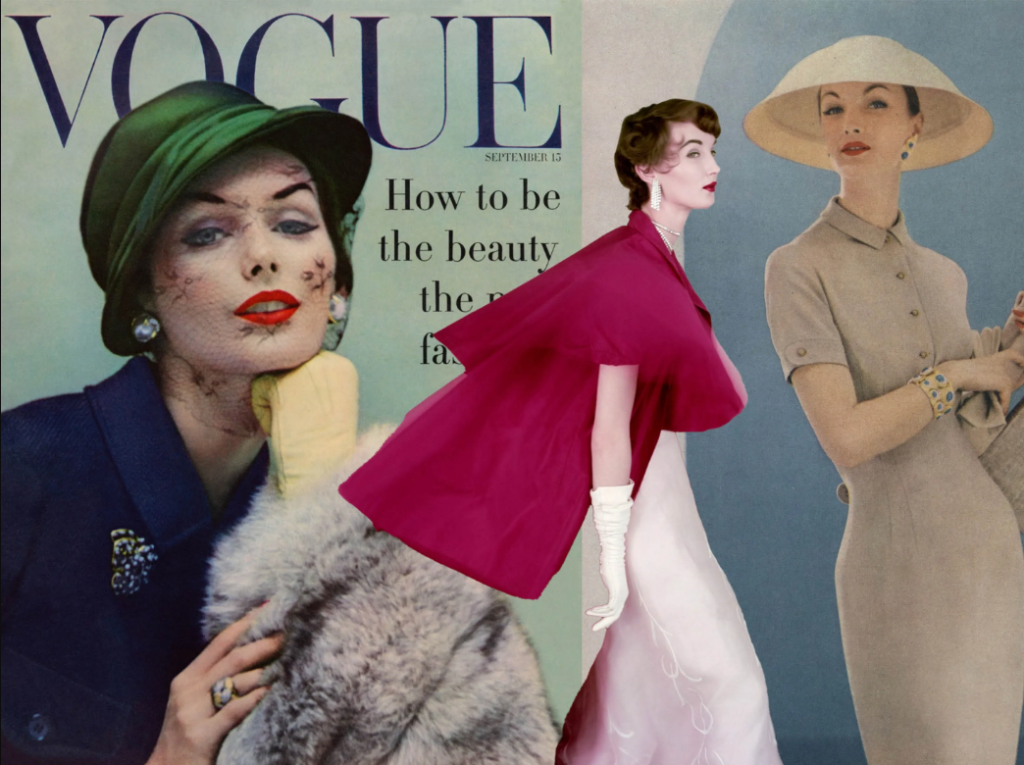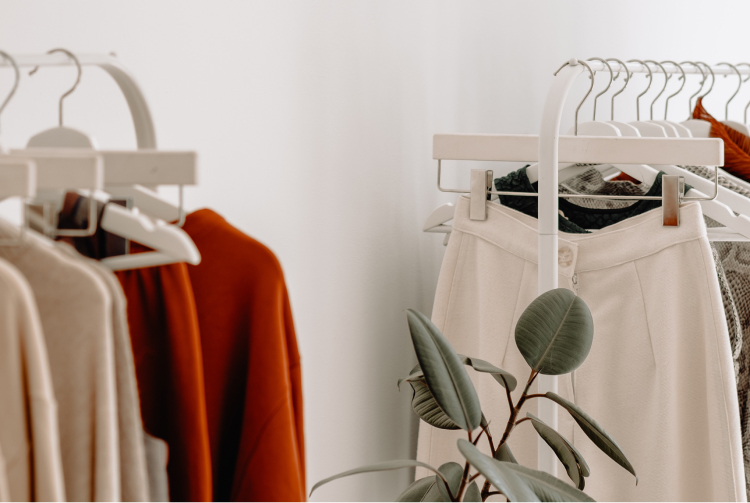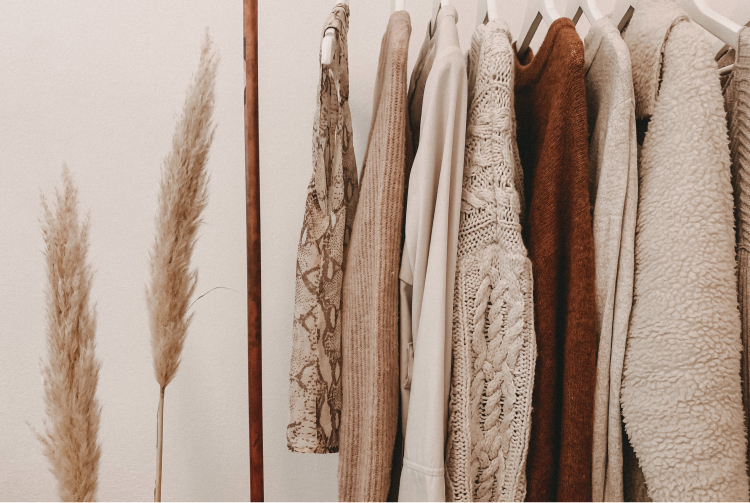The 1950s Fashion was a transformative decade for fashion, marked by a return to elegance, femininity, and innovation after the austerity of the 1940s. This period witnessed the rise of iconic silhouettes, luxurious fabrics, and vibrant colors that reflected the optimism of post-war society.
From the sophisticated ensembles of Christian Dior’s New Look to the casual chic of rock ‘n’ roll-inspired styles, 1950s fashion encapsulated a rich blend of tradition and modernity. In this comprehensive guide, we’ll explore the key trends, styles, and influences that defined 1950s fashion, as well as its lasting impact on today’s wardrobes.
The Post-War Influence on 1950s Fashion
1. Economic Prosperity and Consumerism
The end of World War II marked the beginning of economic recovery and prosperity in many parts of the world. This newfound affluence allowed people to invest in clothing that was not just functional but stylish and luxurious.
2. Dior’s New Look
Christian Dior revolutionized women’s fashion with the introduction of the New Look in 1947, which continued to dominate the 1950s. This style emphasized an hourglass silhouette with cinched waists, full skirts, and fitted bodices, celebrating femininity and opulence.
3. Advances in Textile Production
Innovations in textile manufacturing made materials like nylon, rayon, and polyester more accessible. These fabrics were affordable, durable, and versatile, contributing to the democratization of fashion.
Key Trends in 1950s Fashion
1. Women’s Fashion Trends
A. Hourglass Silhouette
The hourglass silhouette defined 1950s fashion for women. Dresses and skirts were designed to emphasize a small waist, often accentuated by belts or corsets. Full, knee-length skirts added drama and elegance.
B. Pencil Skirts
In contrast to the full skirts, pencil skirts offered a sleek and sophisticated look. Paired with tailored blouses or jackets, they were a staple for office wear and formal occasions.
C. Poodle Skirts
A symbol of youthful exuberance, the poodle skirt became a favorite among teenage girls. These full, circular skirts featured playful appliqués, often paired with sweaters and saddle shoes.
D. Evening Gowns
Evening wear in the 1950s was glamorous and extravagant. Gowns featured luxurious fabrics like silk and satin, with details such as sequins, embroidery, and lace. Strapless and halter-neck styles were especially popular.
2. Men’s Fashion Trends
A. Tailored Suits
Men’s fashion in the 1950s emphasized clean lines and sophistication. Double-breasted suits, often made from wool or tweed, were a wardrobe staple for formal and business settings.
B. Casual Wear
Casual styles gained popularity, influenced by icons like James Dean. The combination of jeans, leather jackets, and white t-shirts epitomized rebellion and youth culture.
C. Hawaiian Shirts
The 1950s also saw the rise of colorful Hawaiian shirts, which became synonymous with leisure and vacation fashion.
3. Accessories
Accessories played a crucial role in completing the 1950s fashion look.
- Hats: Pillbox hats and wide-brimmed hats were popular among women, while fedoras remained a staple for men.
- Gloves: Women often wore gloves to add a touch of elegance, especially for formal events.
- Shoes: Stiletto heels, loafers, and saddle shoes were the footwear of choice for various occasions.
Fabrics and Colors of the 1950s
1. Fabrics
The 1950s introduced a mix of traditional and synthetic fabrics. Natural materials like wool, silk, and cotton were used alongside synthetic options such as nylon and rayon. These innovations allowed for greater variety and affordability.
2. Colors and Patterns
The color palette of 1950s fashion was vibrant and diverse:
- Pastels: Soft shades of pink, blue, and mint green were especially popular for women’s clothing.
- Bold Colors: Bright reds, yellows, and blues reflected the optimism of the era.
- Patterns: Polka dots, stripes, and floral prints were widely embraced, adding charm and playfulness to outfits.
1950s Fashion Icons and Their Influence
1. Audrey Hepburn
Known for her timeless elegance, Audrey Hepburn popularized chic, minimalist styles. Her iconic looks in films like Roman Holiday and Sabrina continue to inspire fashionistas.
2. Marilyn Monroe
As a symbol of glamour and sensuality, Marilyn Monroe’s wardrobe featured figure-hugging dresses, plunging necklines, and high heels. Her influence on 1950s fashion remains unmatched.
3. James Dean
The ultimate rebel, James Dean’s casual style—leather jackets, denim jeans, and t-shirts—set the standard for youthful, edgy fashion.
4. Elvis Presley
The King of Rock ‘n’ Roll was a trendsetter in his own right, introducing flashy suits, leather outfits, and bold accessories that defined rock-inspired fashion.
Regional Differences in 1950s Fashion
While 1950s fashion had universal appeal, regional variations reflected local cultures and climates.
1. United States
American fashion embraced casual and practical styles, with poodle skirts, saddle shoes, and denim becoming staples.
2. Europe
European fashion leaned toward sophistication and haute couture, with designers like Dior and Chanel leading the way.
3. Asia
In regions like Japan, traditional garments like kimonos coexisted with Western styles, creating unique fashion hybrids.
The Legacy of 1950s Fashions
The influence of 1950s fashion is evident in contemporary clothing:
- Vintage Revivals: Full skirts, polka dots, and pencil dresses are regularly featured in modern collections.
- Celebrity Inspiration: Stars like Taylor Swift and Dita Von Teese often channel 1950s-inspired looks.
- Rockabilly Culture: This subculture celebrates the rock ‘n’ roll aesthetic of the 1950s with retro hairstyles and outfits.
FAQs About 1950s Fashion
1. What defined 1950s fashion for women?
The hourglass silhouette, full skirts, pencil dresses, and pastel colors were hallmarks of 1950s fashion for women.
2. How did men dress in the 1950s?
Men’s fashion emphasized tailored suits, casual wear like jeans and leather jackets, and accessories such as fedoras.
3. What fabrics were popular in the 1950s?
Natural fabrics like wool and silk were common, alongside synthetic options like nylon and polyester.
4. How can I incorporate 1950s fashion into my wardrobe today?
Try vintage-inspired pieces such as high-waisted skirts, fitted blouses, or leather jackets to add a retro touch.
5. Why is 1950s fashion still relevant?
Its timeless designs, vibrant colors, and cultural significance make it a source of inspiration for modern fashion.
Conclusion: Celebrating the Elegance of 1950s Fashion
The 1950s fashions era was a celebration of elegance, innovation, and individuality. It combined timeless silhouettes with modern trends, creating styles that continue to inspire designers and fashion enthusiasts alike.
Whether you’re drawn to the sophisticated glamour of Dior’s New Look or the rebellious charm of rock ‘n’ roll, the 1950s offer a rich tapestry of fashion to explore. Embrace the charm of this iconic decade and let its influence elevate your style!
Welcome to our blog We encourage you to get in touch Contact us



